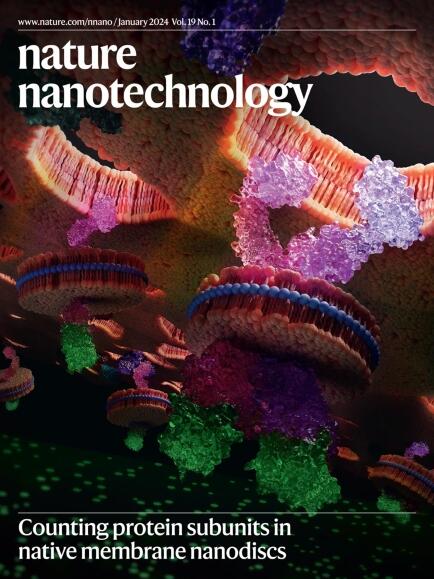Engineering pyroptotic vesicles as personalized cancer vaccines
IF 34.9
1区 材料科学
Q1 MATERIALS SCIENCE, MULTIDISCIPLINARY
引用次数: 0
Abstract
Tumour vaccines are designed to stimulate the host’s immune system against existing tumours or tumour recurrence. However, individual differences, tumour heterogeneity and side effects hinder the applications of current tumour vaccines and require the development of personalized cancer vaccines. To overcome these challenges, we engineered pyroptotic vesicles—extracellular vesicles formed during tumour cell pyroptosis—as a tumour vaccine platform. The extracted pyroptotic vesicles possess abundant tumour antigens and potent immune-stimulating ability and, loaded into a biocompatible hydrogel, they can be implanted into post-surgical tumour cavities to prevent tumour recurrence. The pyroptotic-vesicle-based vaccine outperforms both exosome- and apoptotic-body-based vaccines in inhibiting tumour recurrence and metastasis in different post-surgical mouse models. Mechanistic studies reveal that the pyroptotic-vesicle-based vaccine could stimulate robust antigen-specific dendritic cell and T cell immune responses against both artificial OVA antigens and cancer neoantigens. In sum, our vaccine platform can be tailored to stimulate robust antitumour immune responses for treating individual cancer patients. Engineered pyroptotic vesicles formed during tumour cell pyroptosis and engineered as personalized tumour vaccines can activate a robust antitumour immune response for post-surgical tumour recurrence inhibition.


工程热噬囊泡作为个体化癌症疫苗
肿瘤疫苗旨在刺激宿主的免疫系统,以对抗现有的肿瘤或肿瘤复发。然而,个体差异、肿瘤异质性和副作用阻碍了目前肿瘤疫苗的应用,需要开发个性化的癌症疫苗。为了克服这些挑战,我们设计了焦亡囊泡——肿瘤细胞焦亡过程中形成的细胞外囊泡——作为肿瘤疫苗平台。提取的热噬囊泡具有丰富的肿瘤抗原和强免疫刺激能力,并装入生物相容性水凝胶中,可植入术后肿瘤腔内,防止肿瘤复发。在不同的术后小鼠模型中,基于焦亡囊泡的疫苗在抑制肿瘤复发和转移方面优于基于外泌体和凋亡小体的疫苗。机制研究表明,基于热死囊泡的疫苗可以刺激针对人工OVA抗原和癌症新抗原的强大抗原特异性树突状细胞和T细胞免疫反应。总之,我们的疫苗平台可以定制,以刺激强大的抗肿瘤免疫反应,以治疗个别癌症患者。
本文章由计算机程序翻译,如有差异,请以英文原文为准。
求助全文
约1分钟内获得全文
求助全文
来源期刊

Nature nanotechnology
工程技术-材料科学:综合
CiteScore
59.70
自引率
0.80%
发文量
196
审稿时长
4-8 weeks
期刊介绍:
Nature Nanotechnology is a prestigious journal that publishes high-quality papers in various areas of nanoscience and nanotechnology. The journal focuses on the design, characterization, and production of structures, devices, and systems that manipulate and control materials at atomic, molecular, and macromolecular scales. It encompasses both bottom-up and top-down approaches, as well as their combinations.
Furthermore, Nature Nanotechnology fosters the exchange of ideas among researchers from diverse disciplines such as chemistry, physics, material science, biomedical research, engineering, and more. It promotes collaboration at the forefront of this multidisciplinary field. The journal covers a wide range of topics, from fundamental research in physics, chemistry, and biology, including computational work and simulations, to the development of innovative devices and technologies for various industrial sectors such as information technology, medicine, manufacturing, high-performance materials, energy, and environmental technologies. It includes coverage of organic, inorganic, and hybrid materials.
 求助内容:
求助内容: 应助结果提醒方式:
应助结果提醒方式:


